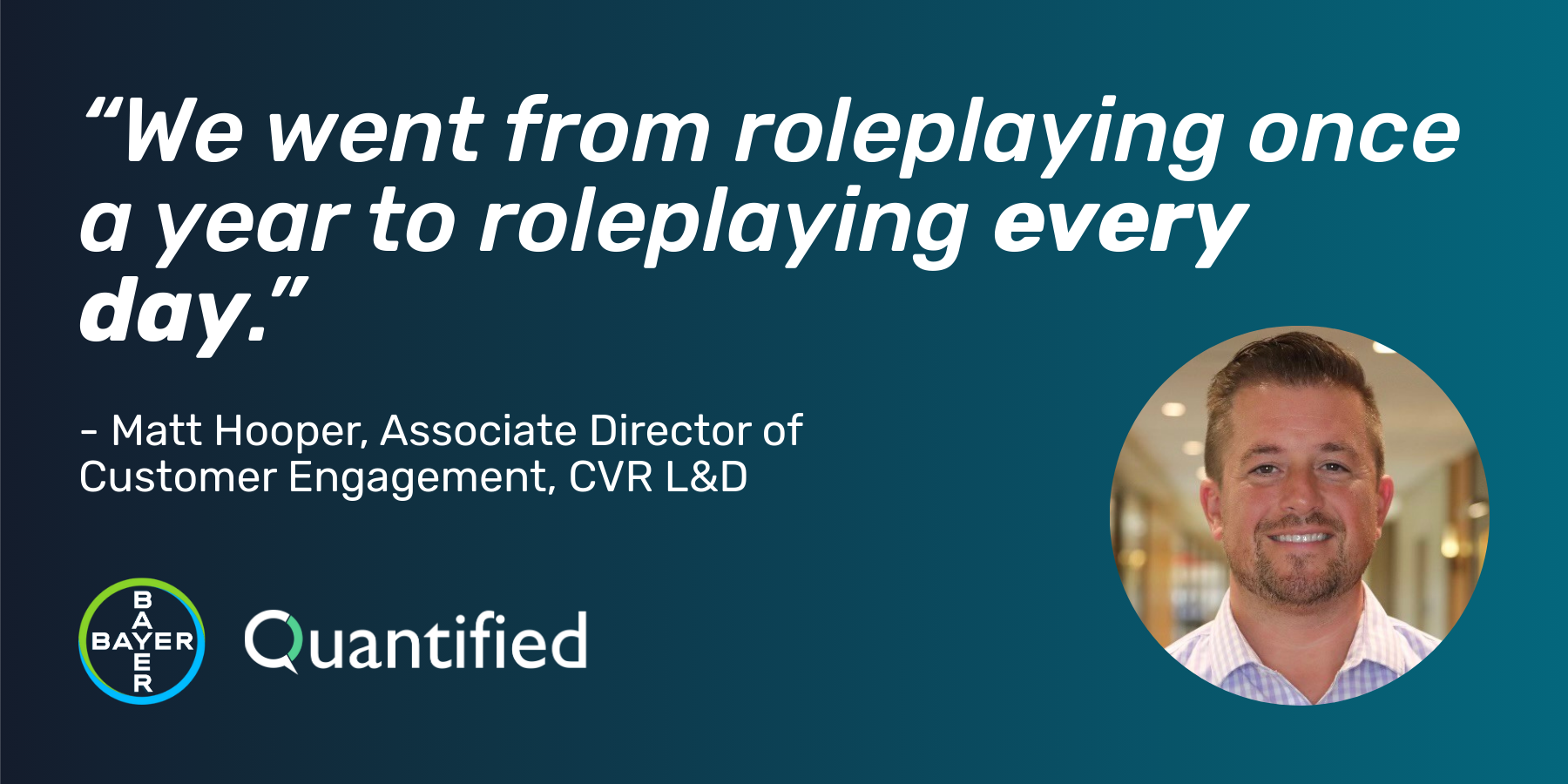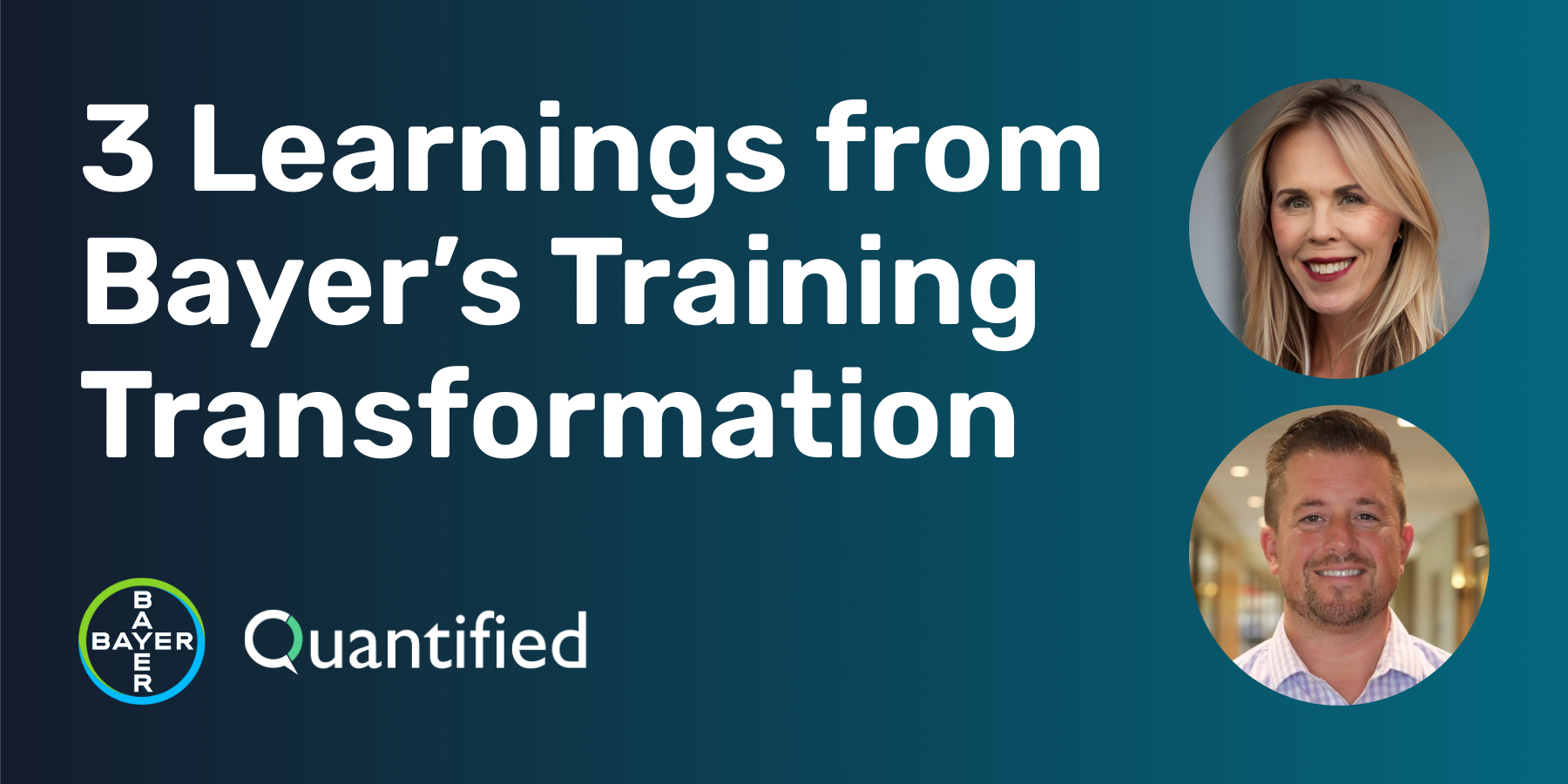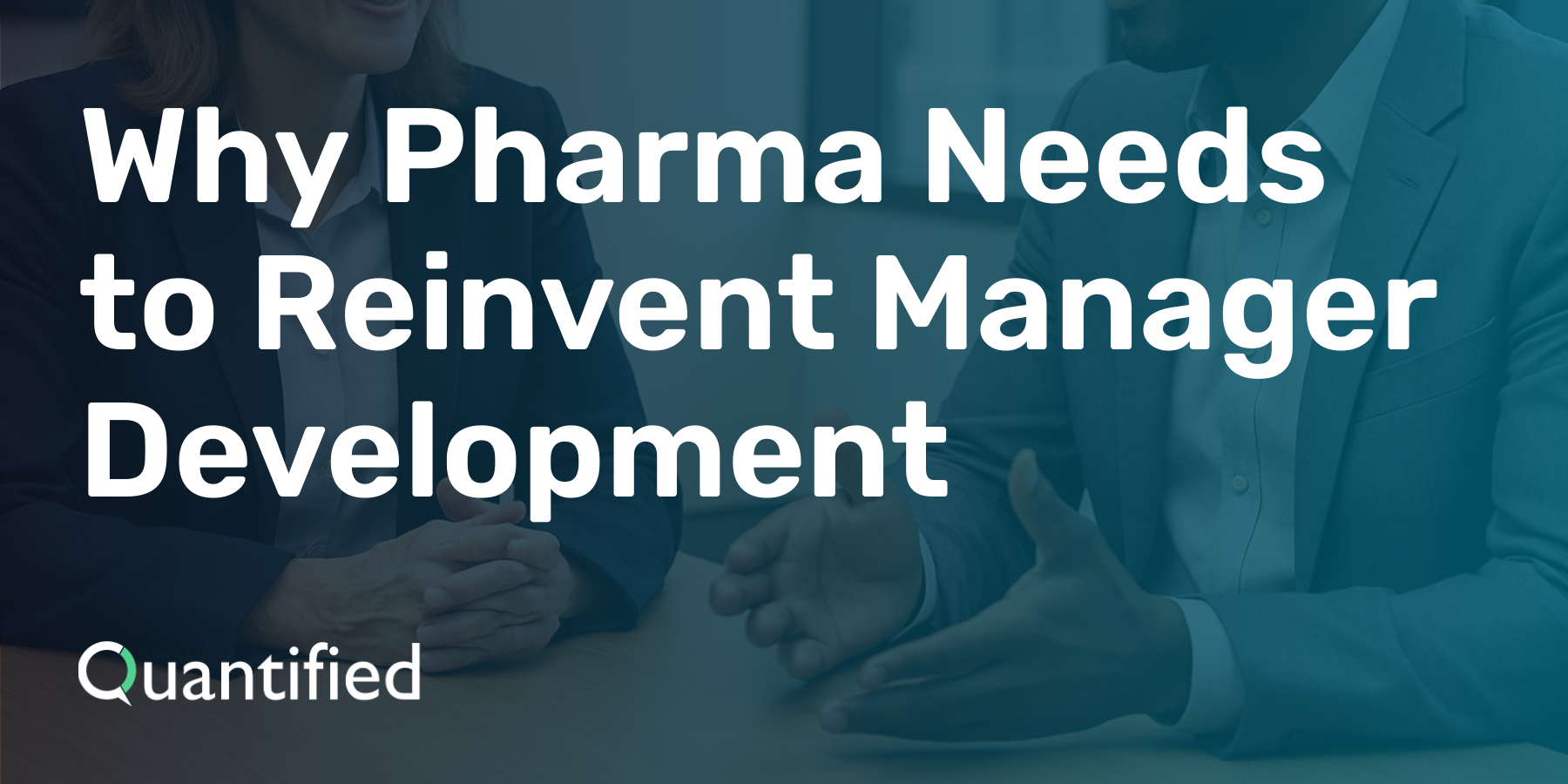AI in Regulated Industries: Practical Use Cases, Proven Results, and What’s Next


AI is no longer a buzzword. It is a competitive advantage. But in regulated industries like life sciences, healthcare, and financial services, leaders face a paradox: the opportunity is massive, yet the guardrails are real. Risk, compliance, and trust can slow adoption, even as the potential for impact grows too big to ignore.
The truth is simple: waiting is the biggest risk. Adoption is accelerating, and organizations that don’t operationalize AI now will struggle to catch up. The good news? There are practical, safe, high-value use cases delivering results today.
From Hype to Measurable Outcomes
Generative AI hype dominated 2023. By 2024 and 2025, AI became table stakes. The focus has shifted from “what’s possible” to “what’s working.” Inside enterprises, AI is not just automating tasks. It is amplifying expert performance.
In regulated environments, that means:
- Better quality and compliance
- Faster onboarding and certification
- Real-time feedback loops that scale
Welcome to the Agent Era
Early AI felt like a bright intern: helpful, but high-touch. AI agents are different. They can plan, execute, and improve with minimal oversight.
For regulated industries, the implications are big:
- Train and coach at scale: Sales and service teams can practice complex, compliant conversations with realistic AI roleplay that mirror real-world objections and regulatory constraints, safely and consistently.
- Assure Compliance in Real Time: Instead of retroactive audits, agents can flag and correct risky phrasing or off-label language before it reaches customers.
- Coordinate End-to-End Workflows: Pre-call planning, compliant documentation, and post-call reporting are automated and auditable.
This isn’t hypothetical. These capabilities already exist. The differentiator is not technology but enterprise readiness: governance, measurement, and change management.
Life Sciences: The Fastest Path to Value
Training global commercial teams is expensive and inconsistent. AI changes that. With the right guardrails, companies can:
- Replicate their best performers by analyzing best-rep behaviors, then scaling those practices across thousands of reps.
- Accelerate new product launches with compliant, on-demand roleplay and micro-learning.
- Deliver real-time coaching that improves message pull-through.
Quantified customers are already doing this. One pharma leader certified 500+ reps for a time-sensitive indication, logged 4,500+ practice sessions, and achieved a 97% mastery rate, at a scale and speed that traditional methods couldn’t match.
Another global pharma organization reported 20.1x more practice sessions, 578+ hours of rep practice, and 90% participation after rolling out AI roleplay with clear governance and phased implementation.
Three Trends Defining AI’s Next 24 Months
1. Agent Networks Replace Point Solutions
Today’s AI tools are siloed. Tomorrow’s agents will collaborate across departments, handling workflows end-to-end. Instead of having separate tools for training, compliance, and reporting, agents will seamlessly orchestrate them.
2. Governance and Trust Become the Differentiators
As regulators tighten oversight, companies that can prove AI transparency and compliance will lead. Expect to see entire governance frameworks emerge, complete with explainability layers and audit trails. In life sciences, this will be as critical as HIPAA or FDA compliance is today.
3. Human-AI Hybrid Teams Set the Benchmark
Experts set judgment and tone. AI delivers consistency, scale, and compliance. The operating model—not the model weights—becomes the moat. The winning organizations will design processes where humans provide judgment and empathy, while AI delivers precision, scale, and compliance.
What Enterprise Leaders Should Do Now
- Pick a high-stakes workflow where AI can deliver a step-change, not a 5% lift.
- Pilot deliberately, measuring both performance and regulatory safety.
- Raise AI literacy across leadership so tradeoffs are explicit.
- Build governance day one, including model choices, data boundaries, approval flows, and documentation.
This isn’t “move fast and break things.” It’s “move smart and build advantages that compound.”
The Bottom Line
AI is becoming the operating system for regulated enterprises. The winners are not bolting it on. They’re designing around it: hybrid teams, measurable outcomes, visible compliance.
The future is not coming. It is already here. The only question is whether you are ready to lead.
If you’re ready to see how AI can drive measurable performance and compliance inside your organization, it’s time to experience it firsthand.
Book time with Quantified and discover how your team can train, certify, and perform with confidence.









